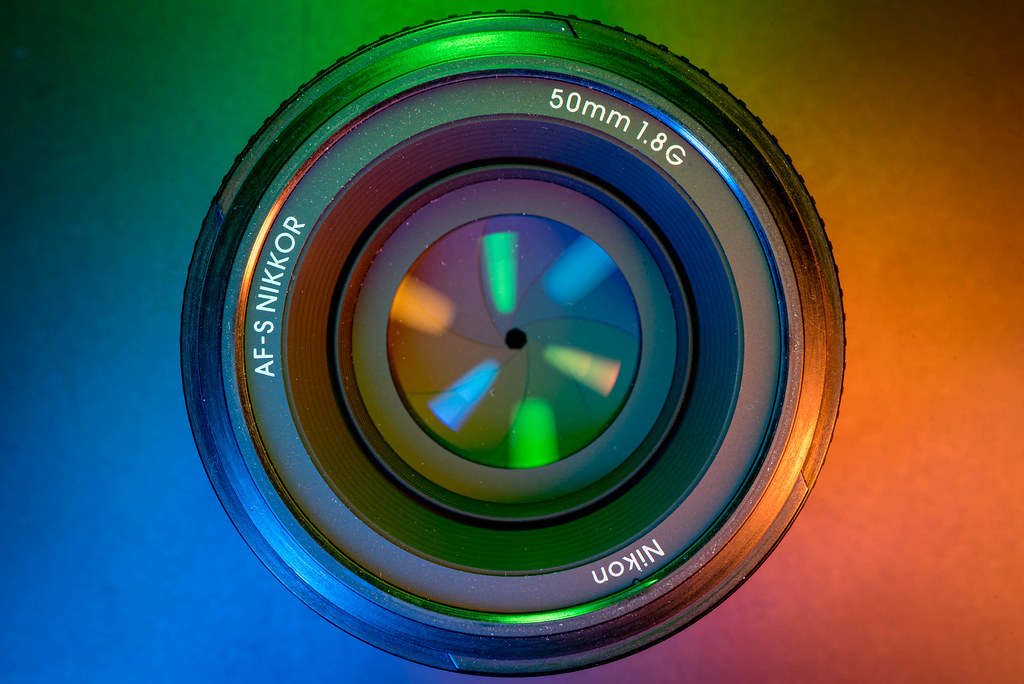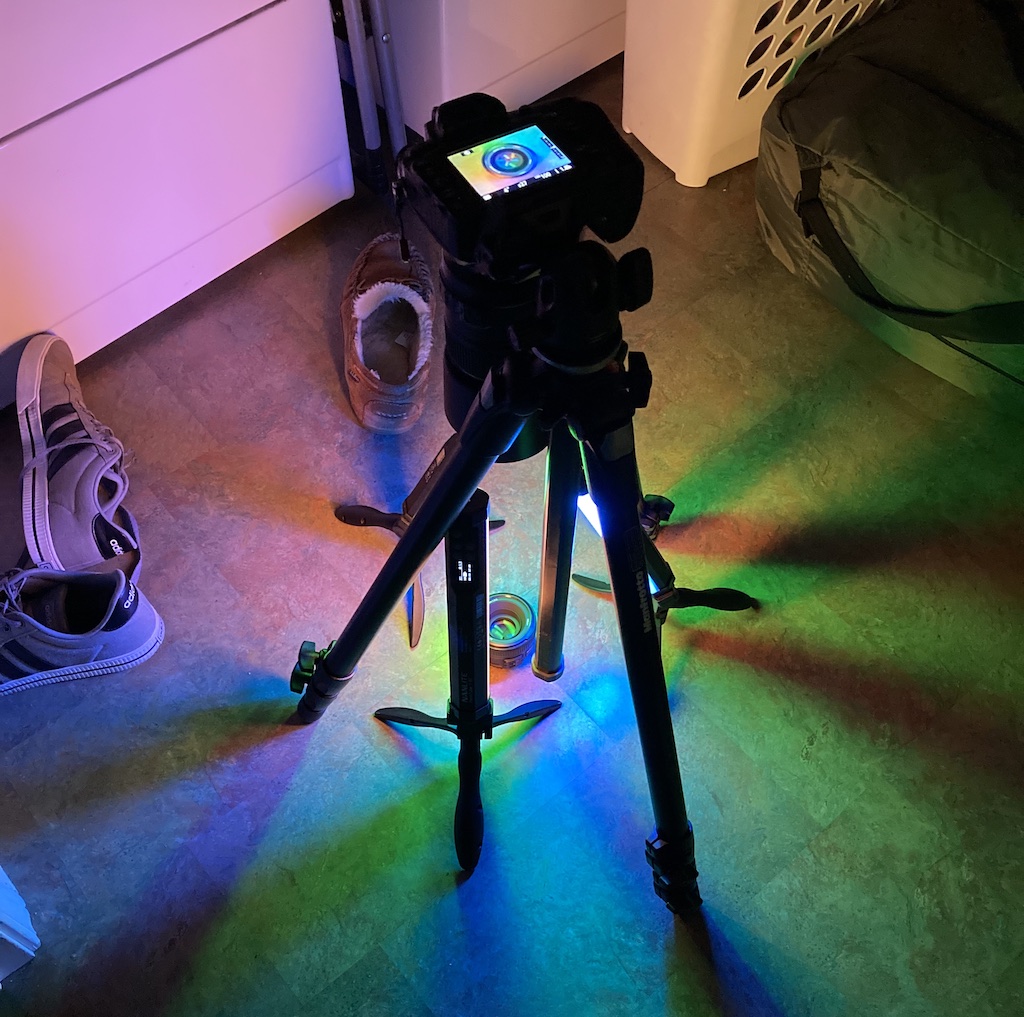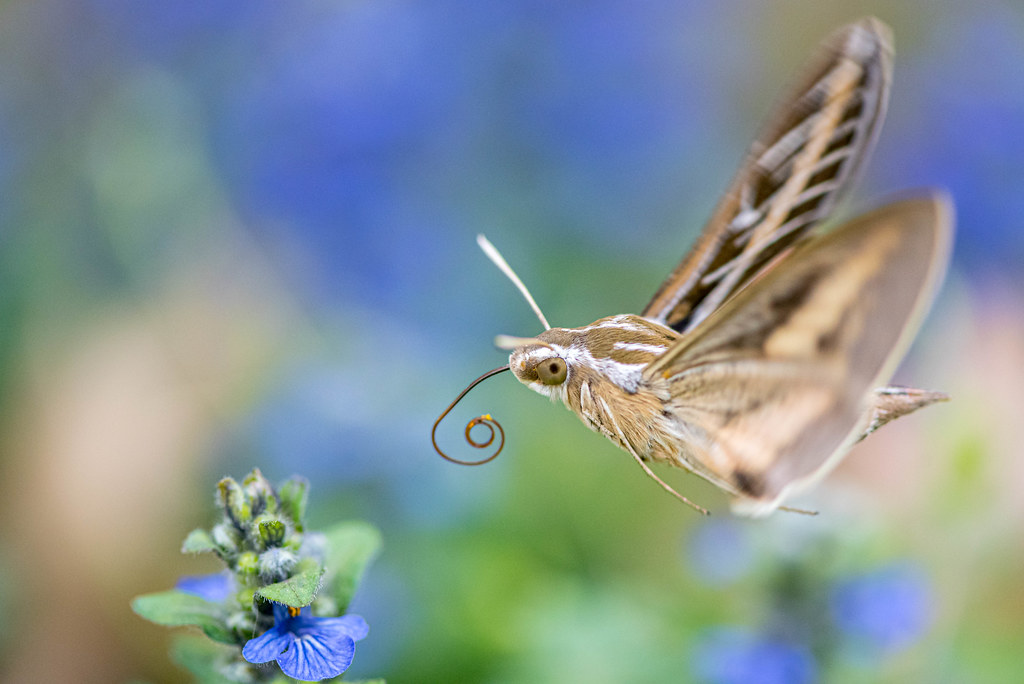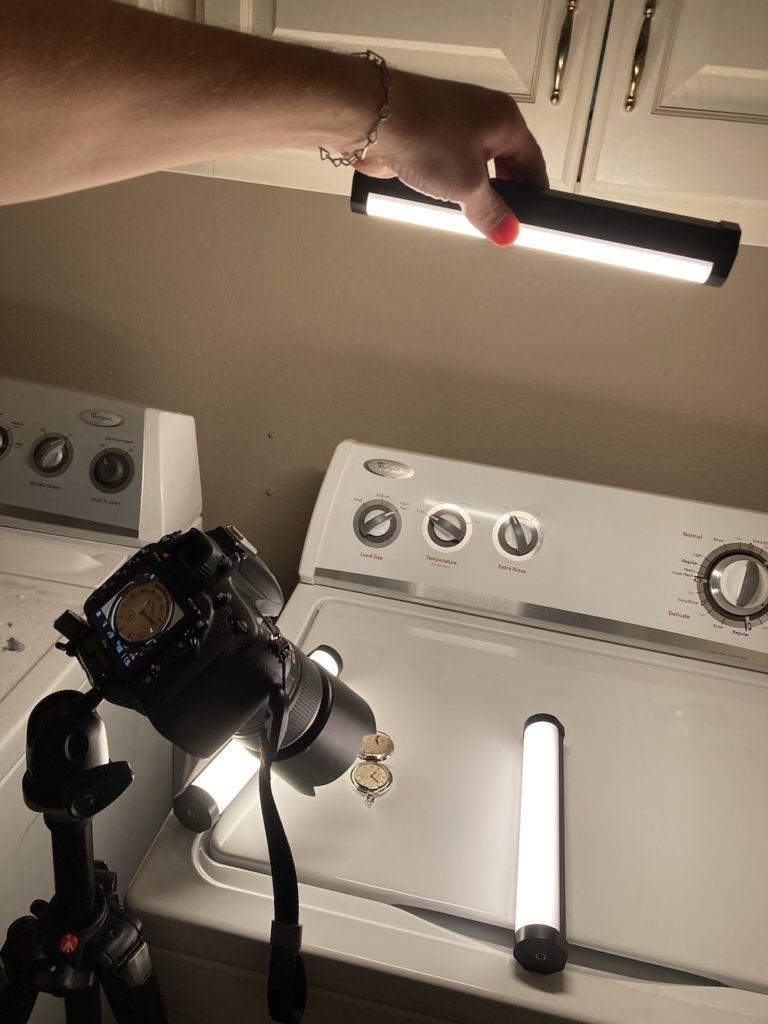
This is it! This is the lens that started it all: my humble little Nikon 50mm f/1.8G that I purchased more than ten years ago so my wife and I could take better pictures of our nine-month-old son. The lens that, along with our old Nikon D200, got me going on this whole photographic journey that continues to this day and that I hope will continue as long as I’m capable of holding a camera in my hands. This lens inspired me to create Weekly Fifty, and even though I don’t use it for daily shooting nearly as often these days, it still has a valuable place in my gear bag and I still don’t think you can beat its unique combination of price and features. For anyone looking to level up their photography, a 50mm lens like this is, in my opinion, the single best purchase you can make.
So when I was thinking about some creative ways to use my Pavotube lights, it occurred to me that I could try to take a unique of my meek but mighty Nifty Fifty lens. I tried a couple things that didn’t work, then had a bit of an epiphany, and after more tweaking and experimentation I got the shot that you see here which, in my opinion, is pretty solid.
I started by taking the same approach as I have been doing on many of my recent pictures, but soon realized that setting this lens on our washing machine and lighting it from the side wasn’t going to work. It just wasn’t creating a compelling composition, and I didn’t really know why. Things weren’t clicking, and if you have been taking pictures for any length of time you can probably understand the feeling of not quite being able to make the shot work. I moved lights around, readjusted the position of my camera, changed the angle of view…nothing. No luck. It wasn’t happening.
Then something occurred to me: why not try an entirely different approach and take a shot of only the front of the lens. It could work, but how? The I put the lens on its side (still on the washing machine) and lowered my camera to face it head-on, but no dice. Like Luke said to Han when they were putting handcuffs on Chewie to pretend they were doing a prisoner transfer, “This is not going to work.”
That’s when I realized I was going about this all wrong. I needed to change everything about the shot in order to get something good. I put the lens on the floor, put my camera above it, adjusted my angle of view to be straight down, and placed the lights at 120-degree increments. Bingo. Now I had something I could work with.

After this it was simply a matter of fine-tuning everything. I needed to get closer to the lens, but couldn’t lower the camera so I raised the lens by putting it on my iPad that was enclosed in a black translucent case. I adjusted the colors of the lights. I played around with the aperture. And after much experimentation I got the final shot you see today. I also did some work in Lightroom to adjust colors and remove spots and imperfections, but the result is an image that I am extraordinarily proud to have taken that also tells a bit of a story–at least for me personally. It’s perhaps a bit of a metaphor too. This picture is a look at both past and future, at my beginnings as well as new horizons and new things to explore. This shot makes me thankful for the past, and excited for what is yet to come.




